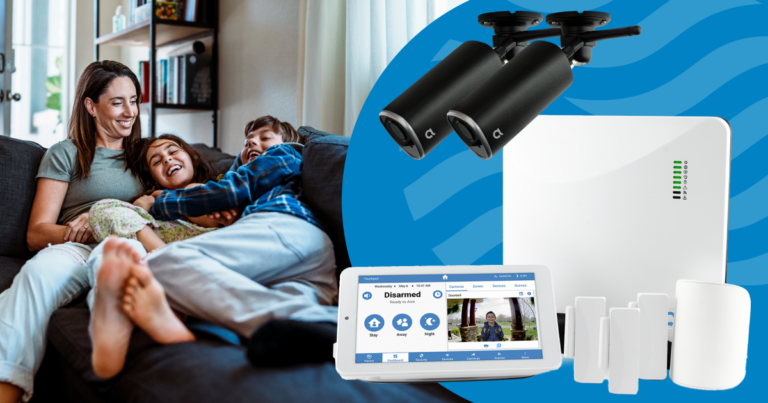It’s a Friday night and you have the lights off, the house quiet and the popcorn popped as you get pumped to watch the award-winning crime movie on Netflix you have been anxiously waiting to be released. You get into it as the film surprisingly lives up to all of the hype. And, after two hours, you get to that all-important moment, the climax of the movie, when the detective is about to reveal the name of the murderer!
Your heart is pounding, but all of a sudden…the screen freezes!
Or you are watching NFL action on Thursday night on Amazon Prime and the quarterback, with the score tied and time winding down, heaves a long pass to a blanketed receiver and all of sudden the dreaded spinning buffering icon appears! Did he catch it? Did you miss the greatest reception to end the greatest game of all time? And unlike the movie, it was live so you will have to live through instant replays.
All because of an issue with your internet connection.
But what or who is to blame for the ill-fated interruption?
There are a handful of factors that impact an internet network and a few ways to reduce the chance it will happen to you.
First, be sure you have enough bandwidth, which is also referred to as internet speed. It is basically the size of a “pipe” and measures how much power a network has. More devices working on your home network require more bandwidth. A lot of people do not know what internet speed or plan they have, so they should check their bills or reach out to their provider to find out. Then perform a speed test to make sure the advertised speed is being achieved. For those who have FTC internet and the FTC Internet app, a test can be run by simply clicking on the name of the network and “run speed test.” This performs the test down to the router level. For FTC customers without access to the Internet app or those who use another internet provider, an analysis can be performed through Speedtest by Ookla or the Ookla speed test app to determine how strong their Wi-Fi signal is. (FTC internet customers interested in gaining access to the FTC Internet App and the services it provides should call 888-218-5050).
To determine if a home network has enough bandwidth, users should log on to ftc.net and use FTC’s “speed calculator.” Anyone can utilize it. Go to ftc.net/services/internet#speed-calculator and input the number of smart devices are in the home and how they are being used. The calculator will determine how much bandwidth is needed for a positive experience. Streaming videos, for instance, require more bandwidth, so it is important to provide accurate information. Gaming also requires a highly robust connection, which is why so many gamers prefer a symmetrical gigabit connection through FTC’s fiber network.
Keep in mind if devices are connecting to the internet through Wi-Fi or are they hard-wired. Hard-wired devices, when possible, make for better connections. They are not subject to interference or distance from the router issues like those connecting via Wi-Fi.
A couple of other things to remember when trying to achieve the best user experience: First, do not use antiquated devices. Old devices can slow down an entire network. Second, be sure a streaming service is reputable. Services like Amazon Prime, Netflix or Hulu gauge how much bandwidth a user has available and throttles down the video quality to lessen the impact. 4K or high-def require more power. There are services out there that will cannibalize all of a user’s bandwidth and bring an internet network to a screeching halt.
And this scenario is just for streaming video. Utilizing devices to surf the web, do research or view social media will be adversely affected by the same factors.
Having issues with your internet at your home ? After using the speed calculator referenced above, got to https://www.ftc.net/services/internet#fiber-to-the-home and find out what FTC internet connection is available at your home or business.




